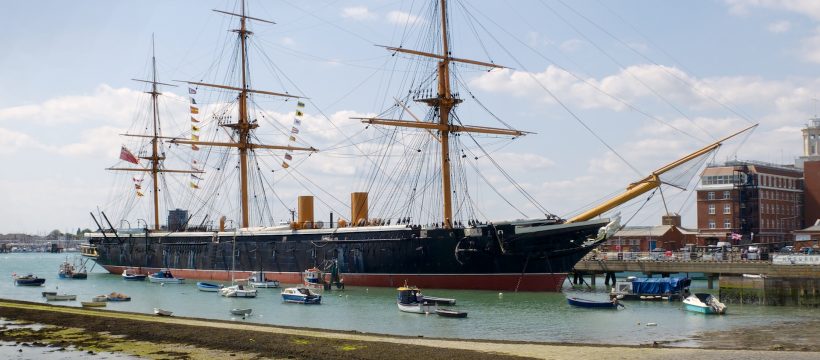Photo above: HMS Warrior at Portsmouth Historic Dockyard.
The first armour-plated, iron-hulled warship was launched where Bow Creek joins the Thames on 29th December 1860. Amazingly HMS Warrior is still around, as you can see from my photos.
Not entirely trusting her 5,772 horsepower steam engine and screw propeller, the Royal Navy insisted on a frigate rig too. She carried 706 officers and men, and was equipped with 40 guns. She was the fastest and most powerful warship of her day, the ultimate deterrent. During sea trials she could do 14 knots (16 mph) under steam alone, and carried enough coal for 2,100 nautical miles. Under sail alone she managed 11 knots. Her armour was 4.5 inch thick iron backed by 18 inches of teak.
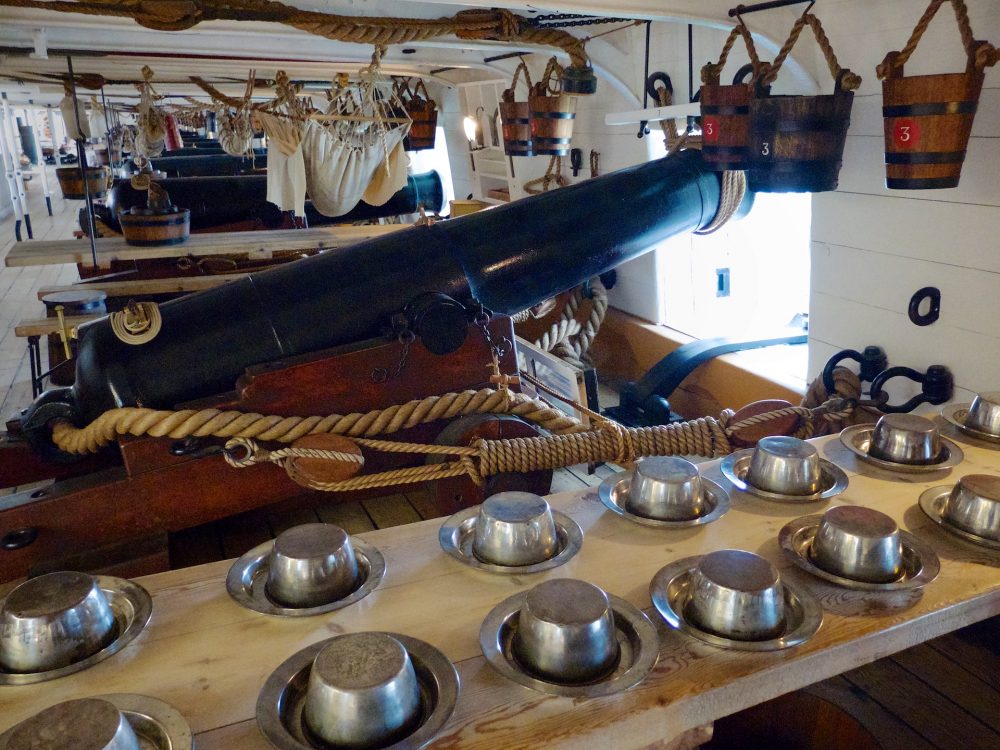
HMS Warrior was built by the Thames Ironworks, down near the artists studios at Trinity Buoy Wharf. At the time that whole area was full of workshops, and had multiple slipways for ships under simultaneous construction. There was a huge amount of work available for skilled [mostly] men.
As you can see from my photo of the Warrior gun deck, there wasn’t a huge change from the way gunnery worked on HMS Victory, or even the Mary Rose! 26 of Warriors guns were still muzzle loading and smooth bore.
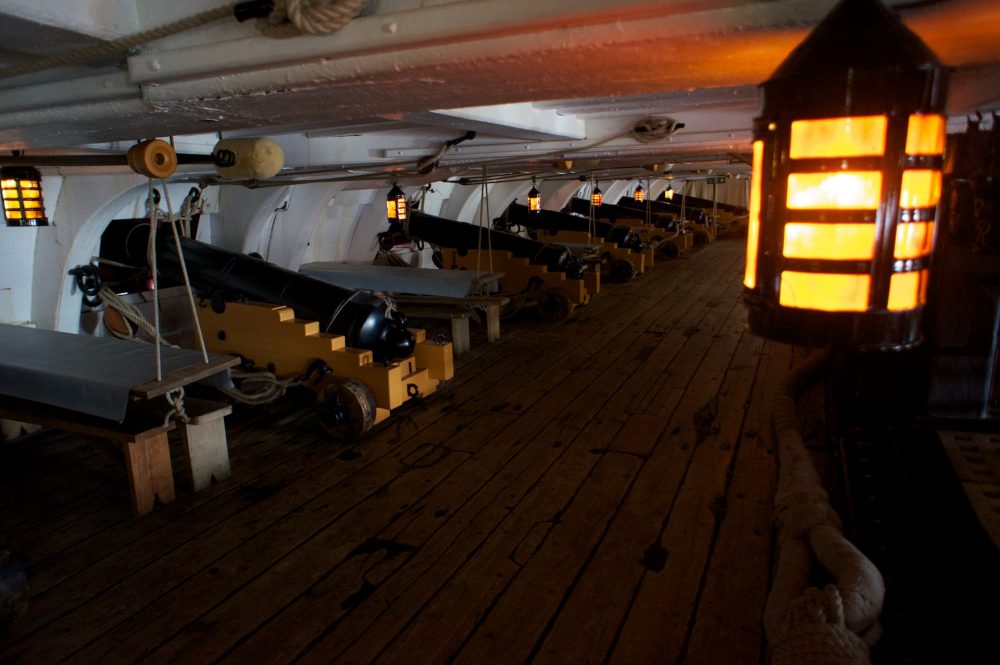
Change came rapidly. A newer British warship, HMS Devastation rendered the Warrior obsolete just 11 year later. HMS Devastation had no rigging or masts enabling turret guns to be mounted above the deck. She looked much more like a WW1 type of battleship.
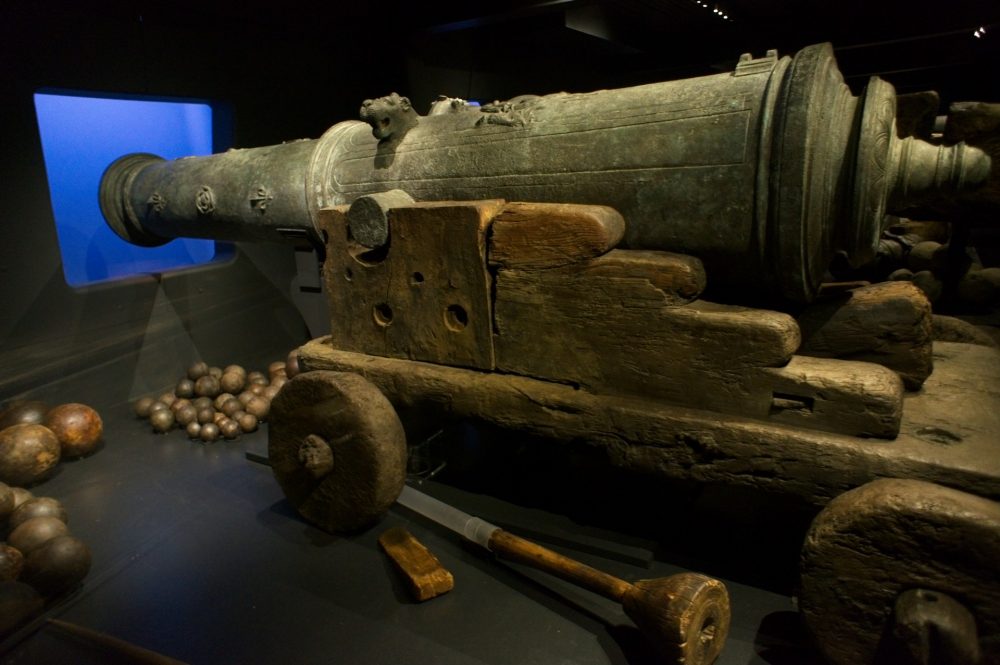
The Mary Rose was launched 1511, sank in battle 1545, and was raised from the seabed in 1982. Shortly after Sheila and I visited to look through big plastic sheets as sections of the hull were sprayed first with water, then polyethylene glycol, to preserve it. It was a very emotional experience. Lots of the men’s personal possessions and other artefacts have been recovered and are in the museum.
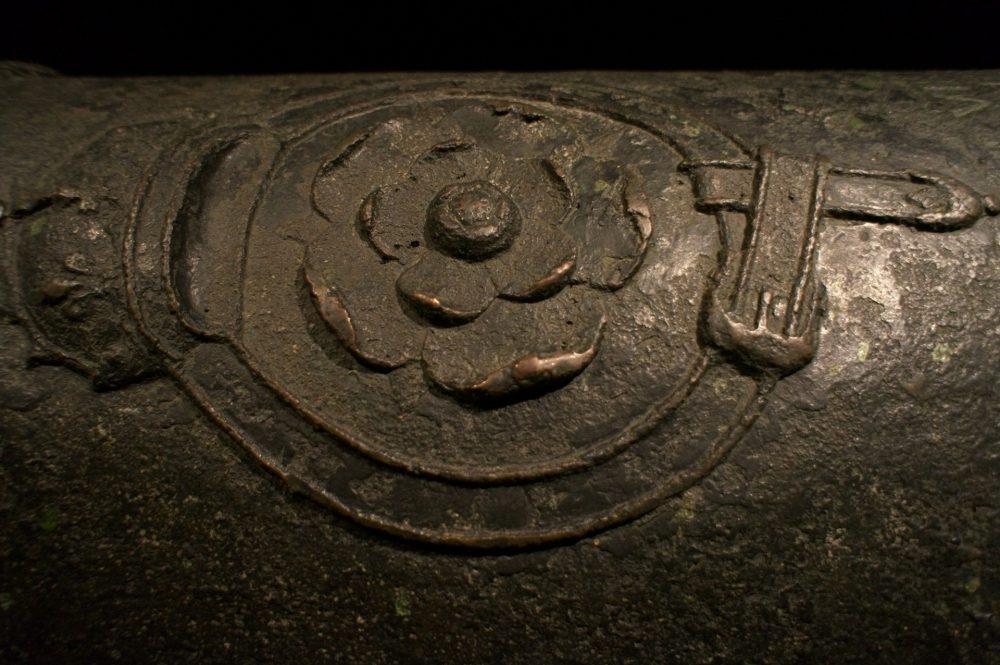
You can go aboard HMS Warrior, HMS Victory, and visit the Mary Rose Museum all inside Portsmouth Historic Dockyard, which is conveniently close to Portsmouth Harbour Station.
Portsmouth Harbour station has very good accessibility, with wheelchairs and staff help always available. The Historic Dockyard is reasonably good for accessibility, details here. The Mary Rose Museum is a separate exhibit. It’s now possible to see the whole of the ship. As a new museum full accessibility was built in.


